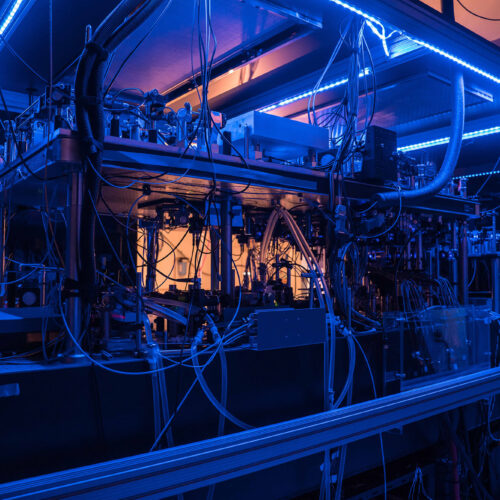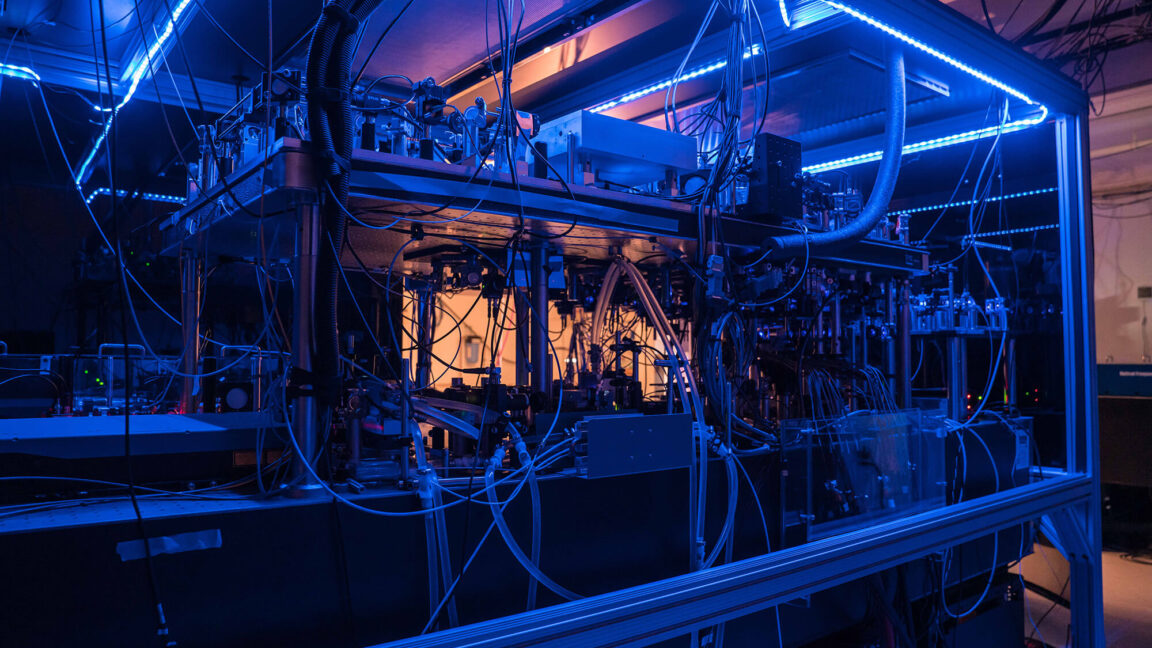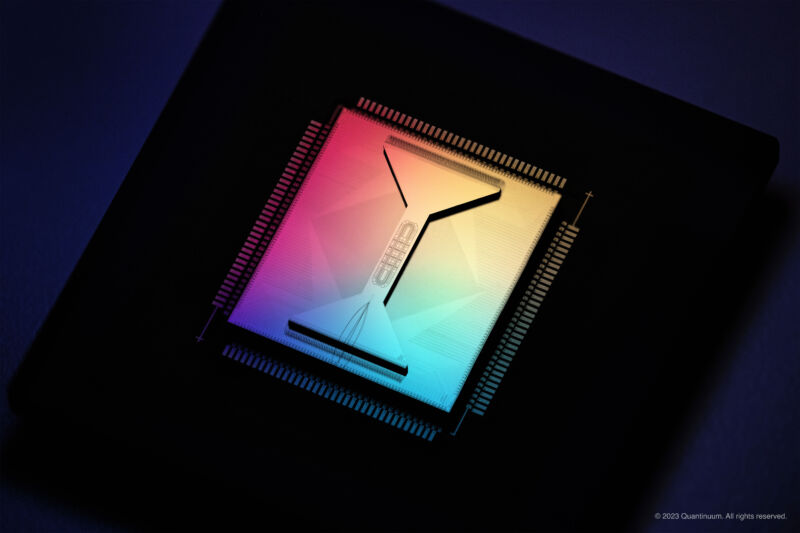Microsoft and Atom Computing combine for quantum error correction demo
In September, Microsoft made an unusual combination of announcements. It demonstrated progress with quantum error correction, something that will be needed for the technology to move much beyond the interesting demo phase, using hardware from a quantum computing startup called Quantinuum. At the same time, however, the company also announced that it was forming a partnership with a different startup, Atom Computing, which uses a different technology to make qubits available for computations.
Given that, it was probably inevitable that the folks in Redmond, Washington, would want to show that similar error correction techniques would also work with Atom Computing's hardware. It didn't take long, as the two companies are releasing a draft manuscript describing their work on error correction today. The paper serves as both a good summary of where things currently stand in the world of error correction, as well as a good look at some of the distinct features of computation using neutral atoms.
Atoms and errors
While we have various technologies that provide a way of storing and manipulating bits of quantum information, none of them can be operated error-free. At present, errors make it difficult to perform even the simplest computations that are clearly beyond the capabilities of classical computers. More sophisticated algorithms would inevitably encounter an error before they could be completed, a situation that would remain true even if we could somehow improve the hardware error rates of qubits by a factor of 1,000—something we're unlikely to ever be able to do.


© Atom Computing

